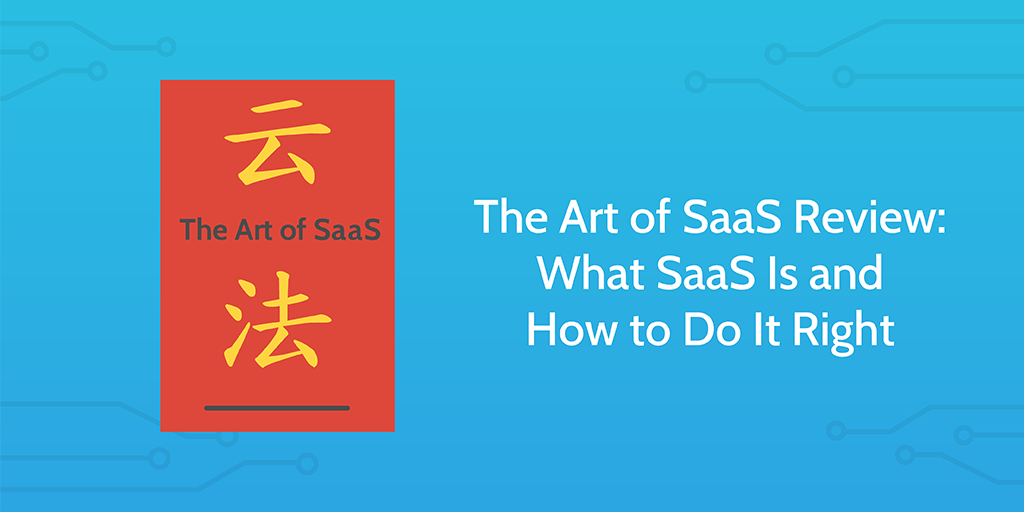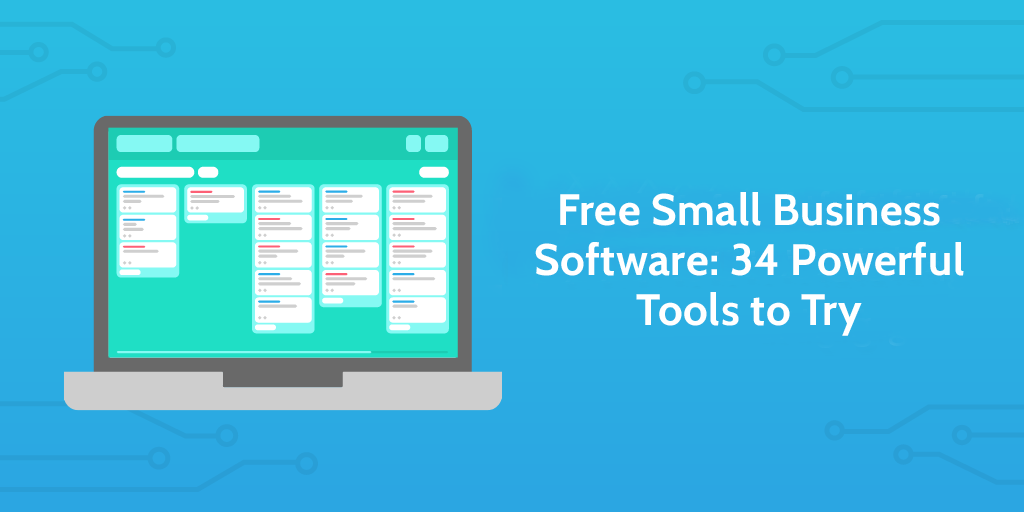 The average business’ software spend has been on the rise for years now, with small and medium businesses spending a higher percentage of revenue on software than enterprises.
The average business’ software spend has been on the rise for years now, with small and medium businesses spending a higher percentage of revenue on software than enterprises.
The average midsized company spends $13,100 per employee on IT. With some smart alternatives (and not relying on the same vendors as always), companies can cut this cost massively. In fact, in a 2017 post about the minimum viable software stack for a 10 person startup, I calculated an option that cost just $260/user/year.
That post touched on just some of the free tools small businesses need, but here I aim to cover the topic much more widely, and look at:
- Office suites
- Workflow tools
- Internal email tools
- Project management tools
- Marketing automation tools
- Team communication tools
- Accounting software
- Payroll tools
- Cloud storage
- CRMs
- Database management tools
- Software development tools
Let’s go!
Continue Reading







 Workflows
Workflows Forms
Forms Data Sets
Data Sets Pages
Pages Process AI
Process AI Automations
Automations Analytics
Analytics Apps
Apps Integrations
Integrations
 Property management
Property management
 Human resources
Human resources
 Customer management
Customer management
 Information technology
Information technology



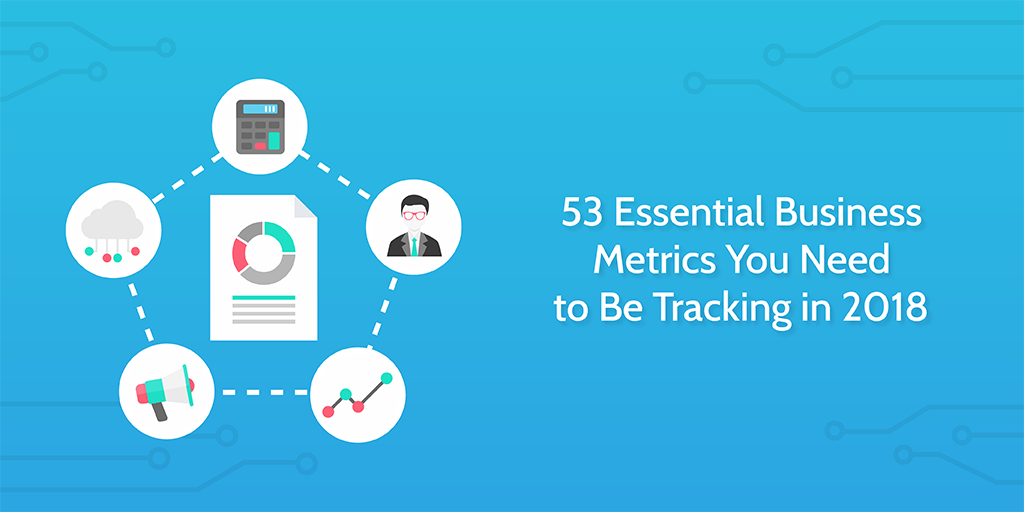



 One of the key strengths of top companies is the employees inside them.
One of the key strengths of top companies is the employees inside them.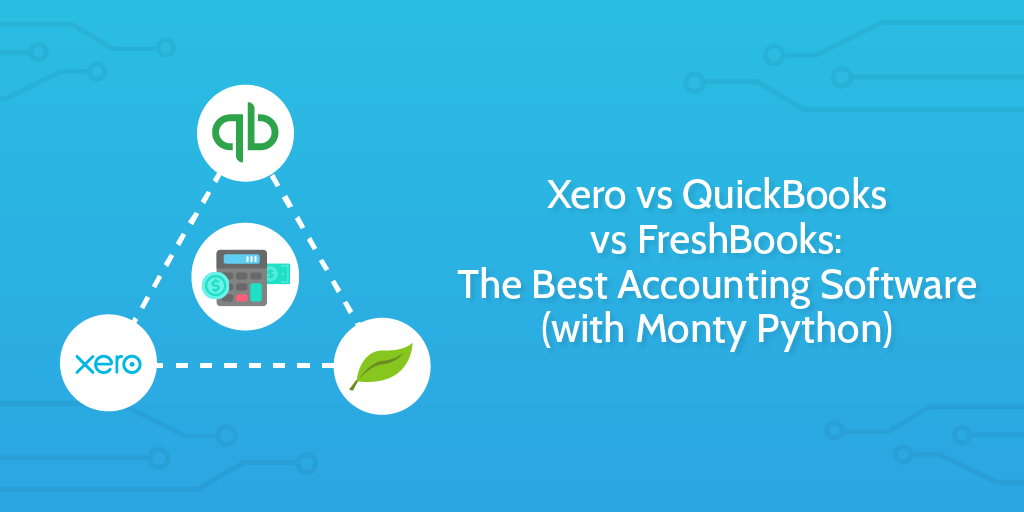

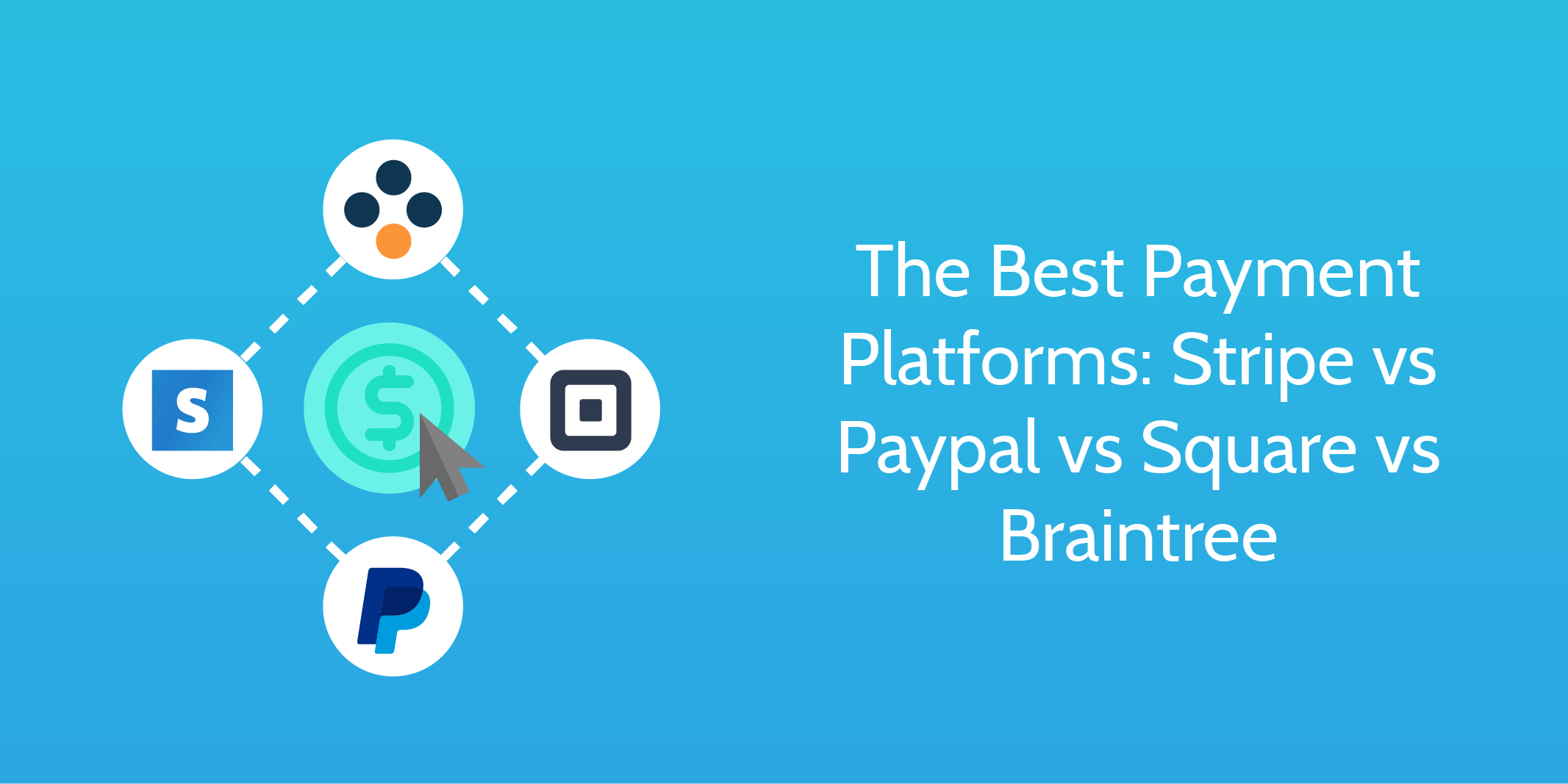 In the first quarter of 2017, the AppStore and Playstore saw
In the first quarter of 2017, the AppStore and Playstore saw 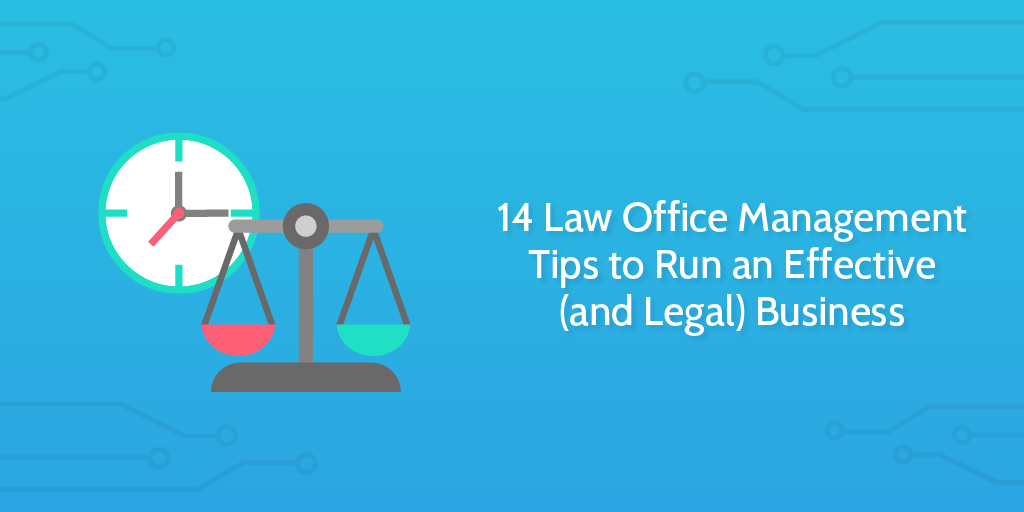

 When you have a great idea for a startup or a service the first thing you desire to do is create it, talk about it, and see what people think.
When you have a great idea for a startup or a service the first thing you desire to do is create it, talk about it, and see what people think.